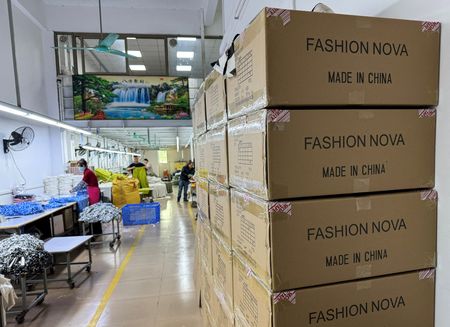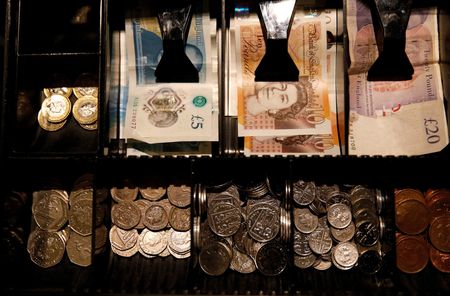By Rene Wagner and Maria Martinez
BERLIN (Reuters) – Chinese goods shipped to Germany surged at more than twice the pace of total imports in the first seven months of the year as U.S. tariffs disrupted global trade flows, according to a study by the Institute for Employment Research (IAB).
In the first seven months of 2025, imports from China rose by 10.5% to 97.6 billion euros ($114.23 billion), while total imports increased by 4.9% from January to July to around 796.6 billion euros, data from the German statistics office showed on Monday.
From October to June, the period chosen for the IAB study, price- and calendar-adjusted figures show copper imports from China to Germany jumped 91%, apparel was up 24% and toys, games and sporting goods gained 12%, according to IAB’s analysis based on data from the German statistics office.
“We have not yet been flooded with Chinese goods across the board,” said Enzo Weber, head of the IAB research unit for forecasts and macroeconomic analyses. “However, there are some product groups where noticeable effects can be seen.”
As a result of U.S. tariffs on Chinese goods, consulting firm Aevean said that in May, the value of Chinese e-commerce shipments to the United States plunged by 43% year-on-year.
Many Chinese manufacturers are therefore likely trying to offload their goods in Europe, which could be good news for German consumers, according to Weber.
“Goods can be sourced more cheaply because of supply increases due to products that are no longer being sold in the U.S.,” Weber said. “Domestic consumers then have to pay less.”
German companies can live with this as well, he said.
“These goods are still being produced in Germany too, but the German economy does not depend on them,” the IAB analyst said, referring to the product categories in which big increases have been recorded.
Nevertheless, the authors of the study warn that the import tilt toward China could intensify price competition in Germany and squeeze margins, especially in sectors where Chinese producers enjoy a structural cost advantage.
“We do not yet see an overall flood from China, but that could still change,” Weber warned.
($1 = 0.8544 euros)
(Reporting by Rene Wagner and Maria Martinez, editing by Ludwig Burger and Sharon Singleton)












